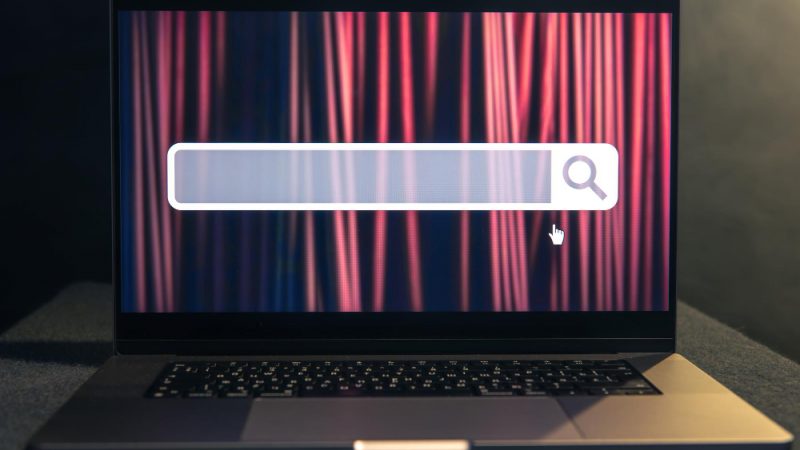What next for the much hyped Video KYC to remotely onboard customers?

Video KYC was touted as the next big thing in ease of banking when it was announced in January 2020 by RBI, just ahead of the pandemic. Excitement galore as other regulators – SEBI, IRDAI, PFRDA – followed suit to allow onboarding of customers through a simple video call. With the real time communication technology open sourced by google several years ago, it was prime time for video banking as many start-ups jumped on the opportunity. However, with nearly two years gone, all is not well, and there is much to do to meet the objective of ease of banking.
Here’s a case in point: Mahesh (name changed) had a harrowing experience with a major Bank trying to open an account recently. The video call started enthusiastically with an Agent speaking in a monotone blurting out 100 words per minute explaining the process, the terms and consent. The thing Mahesh could decipher was that he needed to be alone in a room and with a pen and paper and original ID card at hand. A picture of Mahesh was taken (asked to move his hands across the face, perhaps to determine that Mahesh was alive, of course he was alive!), and a picture of the PAN was taken and a picture of the signature was taken. So far so good. Suddenly, there was a short flicker of the screen which froze for about 20 seconds. The screen flickered back and the Agent in monotone explained there was a problem. And before Mahesh could comprehend, she went on to say that the Aadhaar picture was not matching with his face. Mahesh had a dark complexion but not that a human looking at the ID and the screen could disagree. Without much luck to have a civil explanation to the failure, Mahesh dropped off. And an SMS soon beeped saying the Bank was unable to open an account this time due to a verification failure. Mahesh suddenly felt the full force of a badly conceived technology, one with far reaching consequences toward digital exclusion.
So, what went wrong here? We asked the experts from frslabs, who are into digital onboarding for a decade. The first thing that strikes here is that the Bank has failed to understand that no AI algorithm is 100% accurate and failed to make suitable provisions for exceptions and train their Agents to handle such cases. Secondly, most algorithms are severely biased based on the training data sets used for training their face recognition models. For all we know, the system could be using a dataset that was entirely trained on westerners which doesn’t work well for Indians. And another reason could be that Mahesh was unfortunate enough to be part of the first cohort of Aadhaar’s issued in which he looked like an alien in a garbage bag (we all are). The point is that there could be several reasons for failures but the Bank had not thought through exceptions sufficiently enough to handle them at the point of onboarding. And despite all the tech grandiose, the service provider should never remove the human element much as an automated car wouldn’t deny the driver full control when in need.
This is just one example, and there are numerous examples of customer complaints of Agent not being available, call not being audible, systems unable to handle ambient light and noise in a typical Indian household and the low bandwidth and poor telephone lines that we have to live with. Start-ups backed by venture capital are not throwing money to solve these issues simply because such additions are not considered as value add for the service provider and service providers are unwilling to pay for such bells and whistles. Therefore, this is set to continue in a vicious circle of price pressure leading to less investments in tech leading to poor services leading to poor experience and denial of services to consumers.
The future therefore is not more of the same, but service providers forthcoming to address these nuances head on. The future really is to move away from an assisted video kyc to an unassisted video kyc where the customer completes the steps on their own at their own pace and the modicum of technology ensures that the customer is real, the documents are genuine and the transaction trusted. The future should really be one where the technology complements regulatory checks and balances, but at the same time avoid denial of service to genuine customers.






